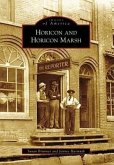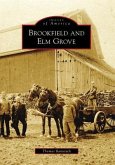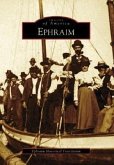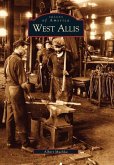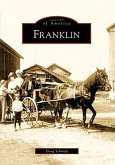Baraboo, a community as unique as its name, had the same beginnings as many other southern Wisconsin cities--but its development throughout the 19th century set it apart. Starting in 1839, several dams were built along the Baraboo River rapids and a typical mill town formed. Baraboo's population began to rise when it became the county seat in 1846. With the arrival of the railroad in 1871, the village doubled in size within a decade. The railroad also brought exposure to the nearby natural beauty of Devil's Lake, increasing tourism significantly. Baraboo's greatest claim to fame began when the Ringling Brothers established a circus there in 1884. America's largest circus enterprise, Ringling Brothers made Baraboo their winter home every year until 1918.
Hinweis: Dieser Artikel kann nur an eine deutsche Lieferadresse ausgeliefert werden.
Hinweis: Dieser Artikel kann nur an eine deutsche Lieferadresse ausgeliefert werden.



